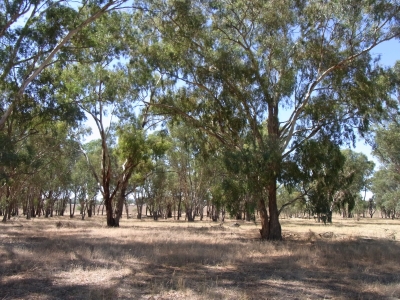Why conserve Grassy Woodlands?
NRM NEWS – MAY 2020 – TERRESTRIAL ECOSYSTEMS
By Tracy Michael
Land Services Officer P: 02 6051 2211 | M: 0427 468 489 | E: tracy.michael@lls.nsw.gov.au
Grassy Woodlands are the original vegetation of the wheat-sheep belt. Eucalypts dominate these woodlands, typically boxes and red gums with an open canopy, scattered shrub layer and diverse ground cover of grasses and herbs.
In the Murray region over 90% of Grassy Woodlands has been cleared since European settlement. Areas that remain provide essential breeding and foraging habitat for many woodland fauna and threatened species such as the Superb Parrot, Squirrel Glider and Grey-crowned Babbler.
High levels of clearing has resulted in habitat fragmentation, leaving small and isolated patches of vegetation. This affects the ability of woodland fauna to be able to move across the landscape and avoid predators safely.
What can we do to manage and conserve remaining remnants?
- Fence remnants to reduce grazing pressure and allow for natural regeneration. Fenced areas can be occasionally lightly grazed to manage weed growth and ground cover.
- If necessary, undertake revegetation to improve plant diversity and condition of the remnant.
- Improve connectivity between patches of vegetation, create links and corridors to allow for fauna movement.
- Limit firewood collection and ‘cleaning up’. Fallen timber, sticks and leaf litter are essential foraging and nesting habitat for many species.
- Control pest plants and animals. Predators such as foxes and feral cats can have a significant impact on native wildlife.
